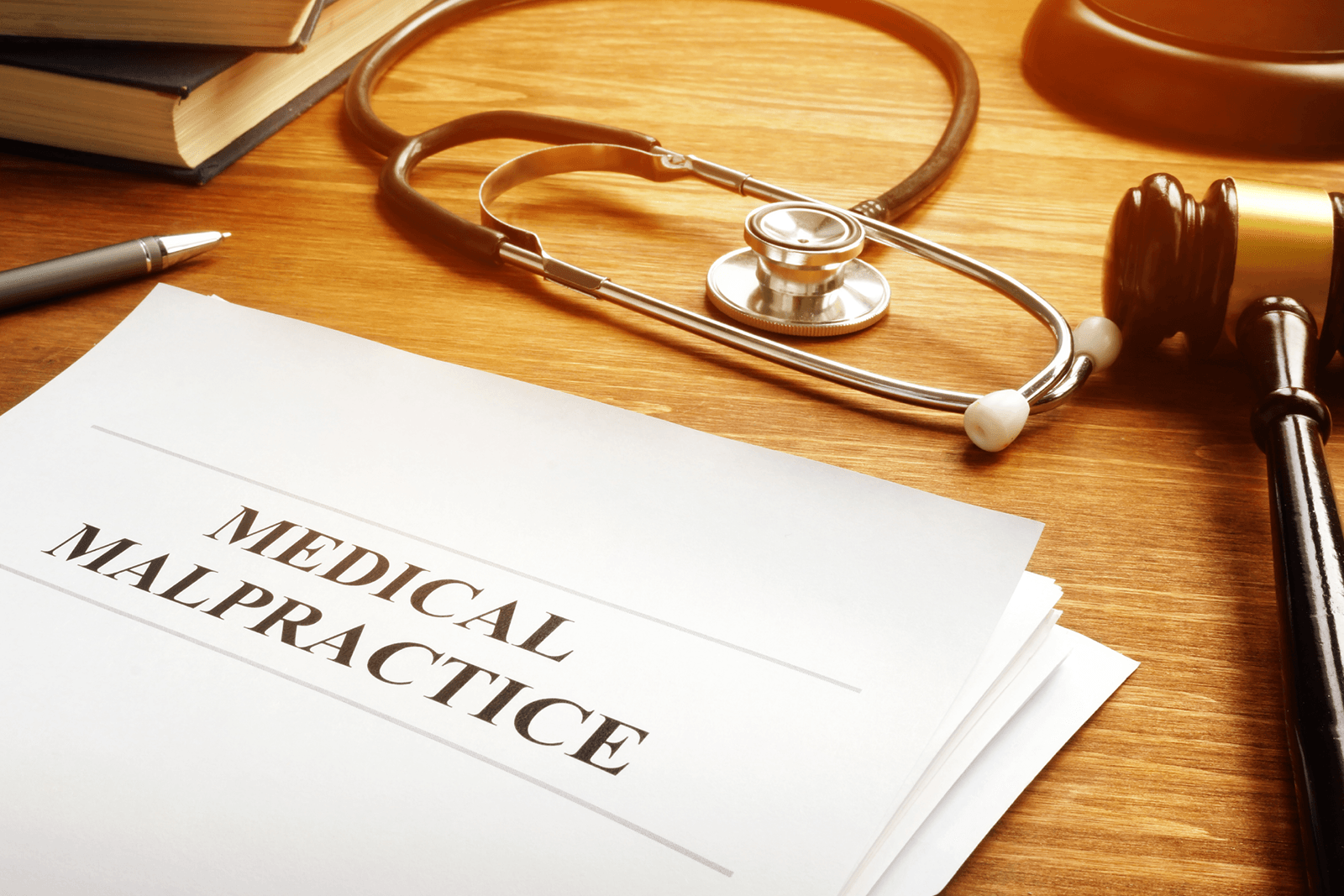How Much Is A Car Accident Lawsuit Worth?
The annual cost of car accidents in the United States is $230.6 billion, which comes to $820 for each person. Even a minor accident can cost you thousands in medical bills, depending on who is at fault and the coverage provided by insurance policies. Unfortunately, medical bills will not be the only expense you’ll face after a collision.
When you are injured in an accident, your first concern is for the people involved. You have to consider your injuries as well as those of passengers in your car and those in the other vehicle. When you are able, you will begin to worry about the cost. Even those of with a comfortable income need to worry about medical expenses because they can be incredibly high. Although you probably have automobile insurance, you may end up missing work and losing valuable income. Plus you may have difficulty adjusting emotionally. These cases are complicated, and often, the best way to protect yourself financially is to have a personal injury lawsuit filed for you by an experienced attorney.
COST FACTORS
Your settlement will depend partly on the expenses you incur. The cost of your accident varies according to a number of factors, including the seriousness of the crash, the property damage suffered by you and the other driver, the number of injured people, the severity of the injuries and the cost of both vehicles. A crash involving ten-year-old compact cars will be less costly than one involving high-end sports models. If no one was seriously injured, the accident will also be less costly. A collision resulting in a lengthy hospital stay and rehabilitation facility will be much greater.
DAMAGES
When you are involved in an accident, you incur several types of damages, including economic, non-economic and punitive. Economic damages include the cost of medical treatment, property repair and lost wages. These costs are easy to prove because you will have invoices and pay stubs to back up your claims.
Establishing these costs may take months, however. If you have suffered a serious injury, you may not know the total for some time since medical bills will be ongoing and your return to work uncertain. Some long-term costs may need to be estimated since medical treatment can continue for years in some instances.
Non-economic damages are harder to prove since they include items such as pain and suffering. These problems are real but rely on human beings to determine. There is no perfect way to calculate non-economic damages, so both sides in a lawsuit may argue this issue vigorously. Ultimately, a judge or jury may need to decide.
Punitive damages are those meant to punish the at-fault party for negligent behavior such as extreme speeding or distracted driving. These damages are awarded less often in auto accident cases than they are in other lawsuits, but they may be appropriate in your case.
FAULT
Your settlement may also depend on the applicable negligence laws. In Illinois, the law allows for comparative negligence, which means that you and the other driver can both be found partially at fault. If you are determined by law to be more than 50% at fault, you cannot recover any amount under the statute. If you are found to be 50% or less responsible, that amount will be subtracted from any settlement. In no-fault states, no one can collect damages due to negligence, so Illinois residents do have an advantage in these matters.
SETTLEMENT AMOUNTS
A good personal injury lawyer won’t make promises about the amount of your settlement, especially early on. The medical bills, loss of wages, etc. need to be calculated. Also, they need to know what the insurance company is offering as a settlement. Many of these cases are settled out of court, but it’s possible that your case may need to go to trial. In short, don’t expect a fast settlement, especially if the accident included severe injuries.
A common settlement amount would be three times your medical bills. So, a judge or jury might decide that your settlement amount should be $60,000 if your medical bills were $20,000. But once a judge and/or jury is involved, they are free to award any amount for pain and suffering that they deem fair. If none of the fault was yours, the settlement will obviously be higher. Of course, your attorney fees will come out of that monetary amount.
So the answer to “How much is my accident worth?” is “It depends.” That answer may not be very satisfying, but many different factors go into determining the amount you are awarded. Getting a skilled and experienced personal injury attorney is vital to your interests.
WG LAW GROUP
Since Illinois drivers live in a comparative negligence state, they are at an advantage to those in a no-fault state. However, determining fault is tricky. Fortunately, when you are involved in a car accident in Illinois, you have access to excellent legal advice. The legal experts at WG Law Group have favorably settled hundreds of cases and can advise you on the best strategy for receiving a fair settlement amount. Automobile accidents can cause immeasurable suffering and financial distress. You need someone prepared to battle for your interests.
WG Law Group treats everyone with respect and strives to provide individualized treatment. They make certain that you are fully informed during every step of the process. In fact, they urge you to take advantage of their free consultation form that is conveniently located on this website. You do not have to worry about payment now since you are not billed until they secure a settlement for you. If you’ve been involved in an accident, don’t wait. Contact them today by calling 312-334-6875 for the WG Law Group Michigan Avenue location or 815-730-7535 to reach their Shorewood office.
The content of this blog is intended for informational purposes only and does not constitute or establish an attorney-client relationship, nor constitute legal advice. If you wish to discuss any further aspect of the material contained herein, please contact an attorney at Whiteside & Goldberg, Ltd.





